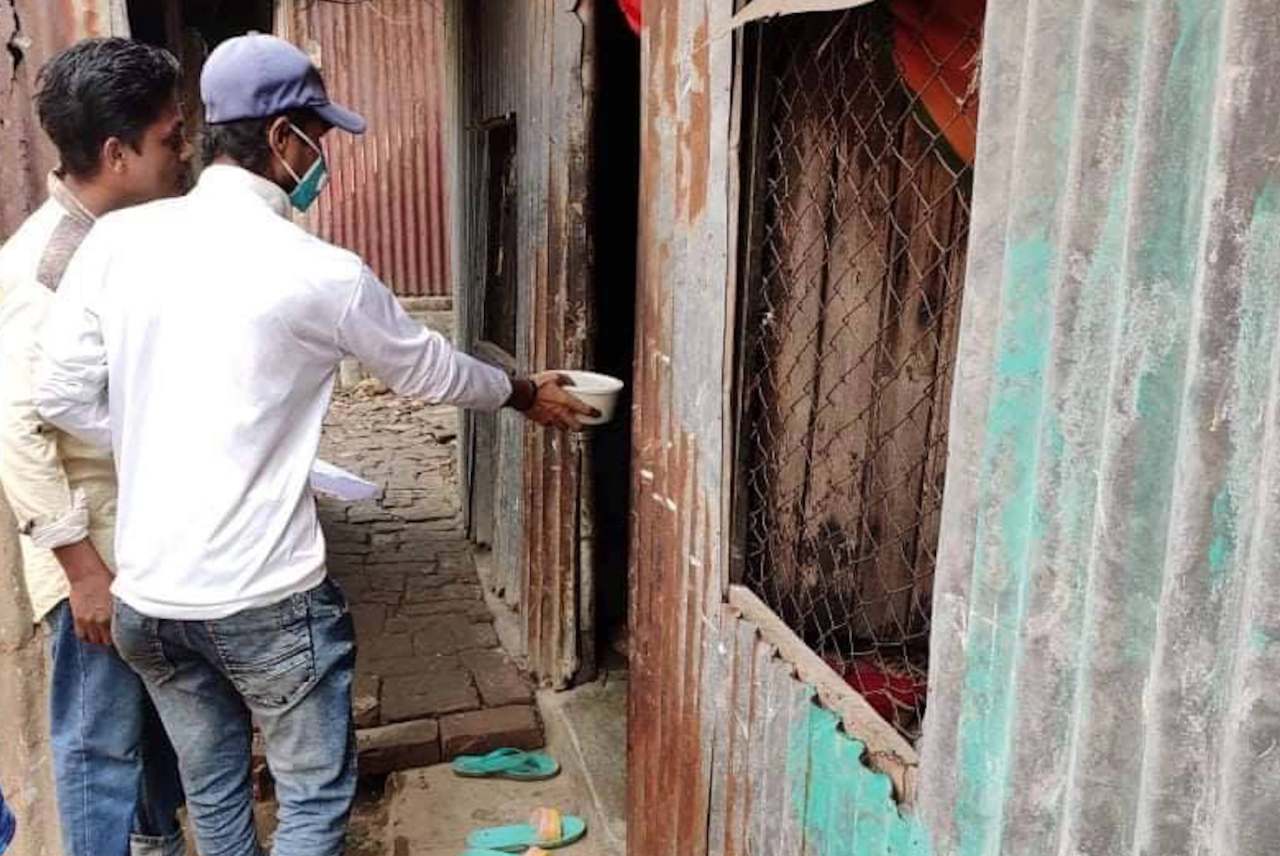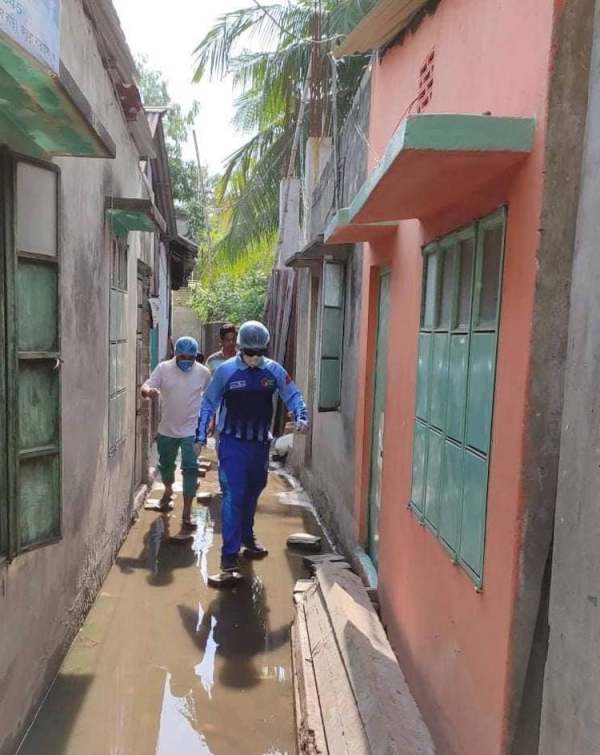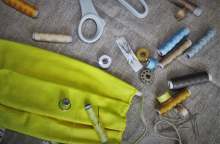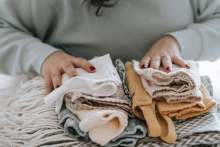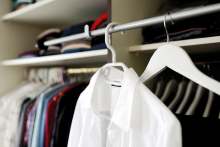Garment workers continue to work in appalling conditions for poverty pay in Bangladeshi sweatshops seven years after the Rana Plaza building collapse that killed 1,138 people and caused global outrage.
The biggest garment factory disaster in history generated sweeping condemnations of the poor conditions and poverty pay endured by workers supplying Western clothing chains – yet these conditions persist.
To make matters worse, rescue workers who once dug victims from the rubble of the eight-story sweatshop in Dhaka are now struggling to feed desperate factory workers thrown into destitution by the impact of Coronavirus.
Inside a Bangladeshi Sweatshop
In February, we had the opportunity to see inside a Bangladeshi sweatshop – and were disturbed by what we encountered.
The factory we visited was not a huge operation like those at Rana Plaza but one of the thousands of small workshops scattered around the country where a few dozen people work for a slave wage in cramped, unhealthy conditions.
We drove for about two hours through the bustle of Dhaka to the outskirts of the city, arriving at a shantytown with corrugated iron houses set alongside a dirt road on the Dhaleshwari River.
As we approached, our translator said:
“This must be an area of subcontracted factories, no Western buyers would come here.”
Walking along the dirt road we turned and climbed a metal staircase to the first floor of one of the few brick buildings in the area, and stepped into a room not much bigger than a large garage.
It was lit by a few hanging bulbs, with fading daylight coming through two large holes in the walls where windows were meant to be. The room was heavily overcrowded with people working.
Our guide was local to the area and encouraged a young man to show us a sample of the t-shirts they made. There was no foreman or manager asking for credentials, but we dutifully played the part of Western buyers coming to inspect the products.
Checking all the stitching in the seams, and nodding with approval at the quality of their work, I was told each piece sold for 13 taka, – about 12 pence in British money.
I asked how many t-shirts they make in a day, but was not prepared for what I heard: 2000 pieces. The sweatshop employed 30 workers, suggesting that each must make 66 t-shirts a day in these cramped conditions.
